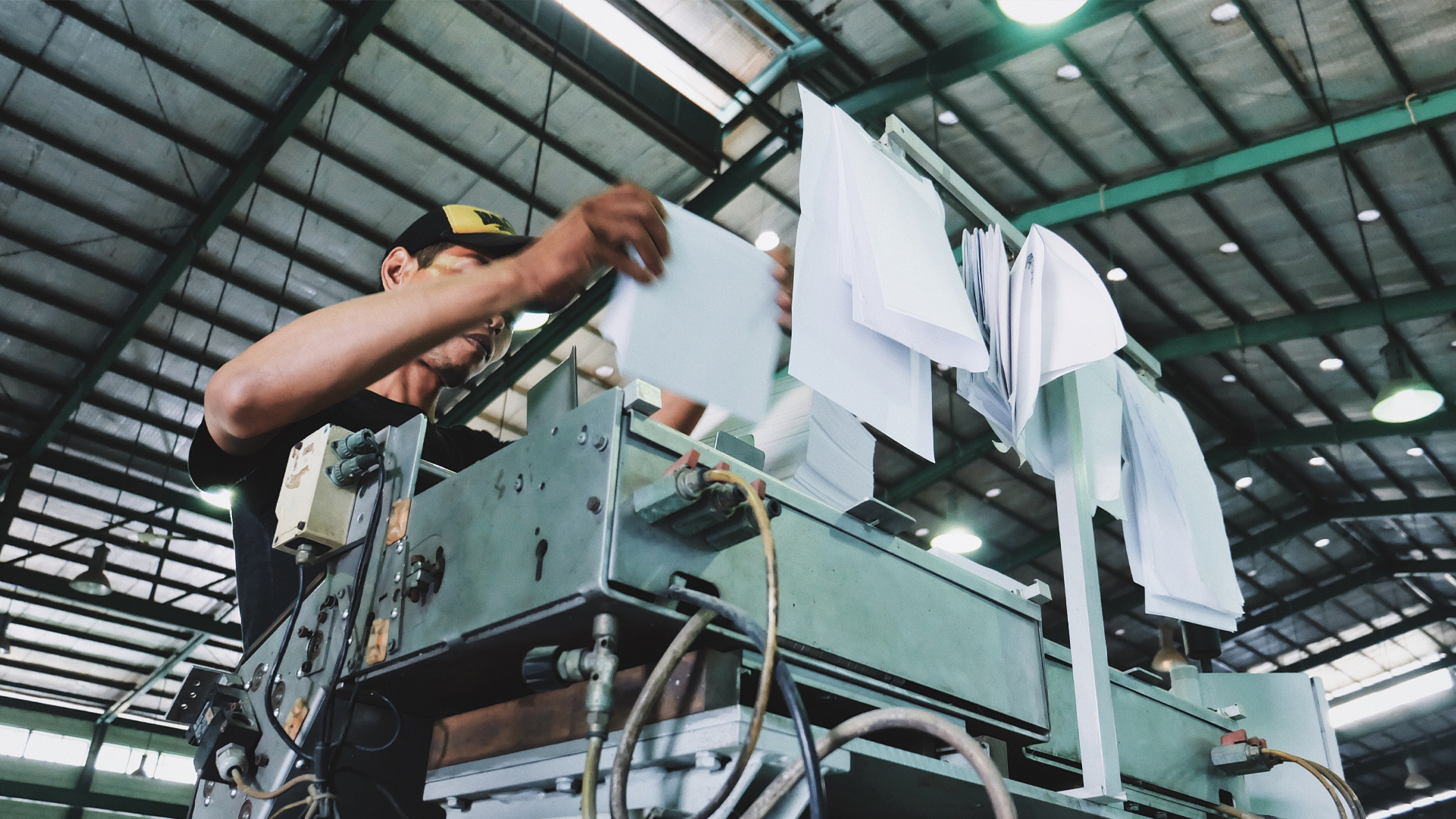How can design change the world? How do we design something sustainable for our planet or society? As a creative who has been working closely with sustainable brands and projects, these questions are very critical to me. Recently, I came across something called “life cycle thinking” in my research into sustainability. While there are areas I need to dive in even deeper to grasp the full breadth of its scope, it has nevertheless triggered me to wonder, “Can this line of thinking help me make better design decisions?”.
First, let’s look at what life cycle thinking entails.
The life cycle thinking approach
To simply explain this, life cycle thinking is about going beyond designing what is most sustainable for the planet, environment and society. It’s about directing the decisions we take at each stage, with the key goals in mind, to reduce a product’s resource use and emissions to the environment as much as possible throughout its product life cycle.
There are 5 life cycle thinking stages
- Conceptualisation: Where you are mindful of the design and choose environmentally-conscious materials
- Manufacturing: Where you select the most sustainable means to process those materials into end-products (incl. assembly and completion)
- Distribution: Where you package, transport and store your products
- Lifetime use: Where customers can make the most use of your product
- End of life: Where you rethinking what’s the after-life of your product
So, where and how can we adopt this mindset when it comes to creative work?
1. Life cycle thinking in print production

To fans of sustainable designs out there, I believe you would have heard of environmentally-conscious materials, recyclable materials, FSC-certified paper, etc. But let’s evolve the conversation beyond materials and talk about the people who work with these materials. I’m talking about the printers, packers, distributors. Life cycle thinking requires us creatives and marketers to expand our thinking about production possibilities and production partners, to work with local charity organisations, etc. throughout the production and delivery process. Not only is it more cost-effective but it also helps local businesses to grow, not to mention create jobs for more people. It’s a win-win.
2. Life cycle thinking in events management

During the pandemic, brands have started to adapt their ways of communication with customers to maintain relevance. The episode has taught us to be adaptable, and pushed us to be familiar with new formats. As the world pivots to hybrid working arrangements, so have events. While meeting face to face is important, a hybrid event can be a way to accommodate overseas attendees and those who are focusing on reducing their personal carbon footprint. Speaking of events, how can we not talk about food? Believe it or not, catering vegan food as an option at your next event can help the planet too, as it requires less resources and energy in processing compared to meat options. Raise your glass up if you are a vegan fan!
3. Life cycle thinking in video production

Today, it’s impossible to deny that video content has become a priority for marketers and brands. We make decisions based on the content we consume. Whether short-form content, live streaming or even scrolling through Tiktok.
So, how can we apply life cycle thinking to video production? You can start by understanding what is truly essential for the video. How long must the video be? How many scenes, actors and locations? Then make a checklist of items/props and determine whether they are must-buy or can-rent, to minimise overconsumption and waste after the shoot. Plan out your shoot locations too to avoid unnecessary transportation. Further, for overseas shoot, hiring local crews and doing virtual approvals instead of flying everyone around can help reduce the carbon footprint and save production cost and time as well!
So, can design change the world? Of course! Designing communications and experiences with a sensitivity to the environment and society in mind can definitely make an impact. I believe everyone is creative, regardless the job they do or the experiences they’ve had. Take this life cycle thinking mindset as your 1st step. Remember, we are all decision-makers and have potential to be change agents. We all have a role in saving the planet and inspiring each other. How will you take it from here?






